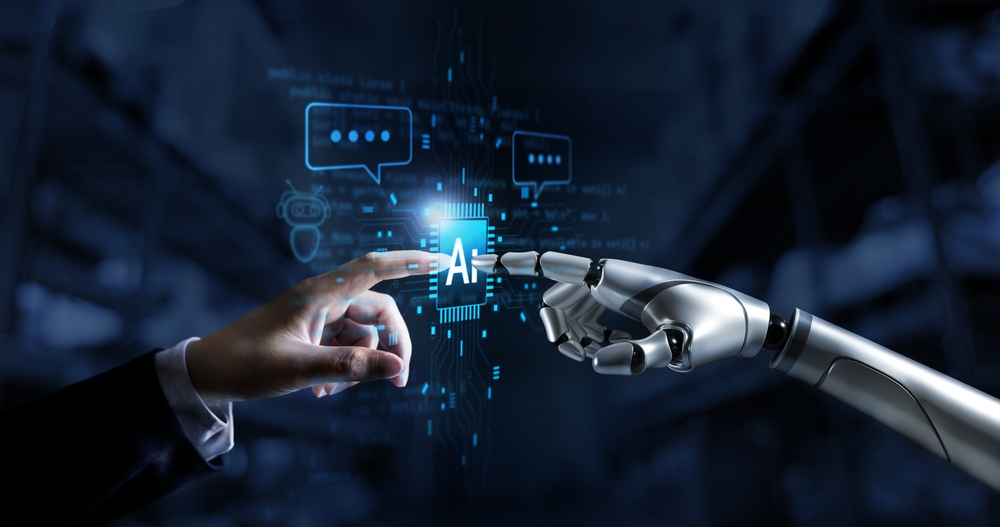The trend toward more tech and automation dominates the headlines and the business agenda. The hype can create a “tech bias” for problem solving and performance optimization.
But when you’re trying to make decisions about the best course for your business or manufacturing operations, it’s critical thinking and accounting for as many complex interdependencies as possible that will lead you to the right choice: human resources or robotics?
Even with advancements in automation and data/analytics, leaders must remain grounded and do careful analysis of the trade-offs and consequences – intended or otherwise — related to decisions about whether to automate processes.
Here are a few items every manufacturing leader should think about when it comes to making choices and trade-offs with your staff and leveraging robotics.
- Is it a high-repeatable, hi-volume, low complexity task? If yes, it’s more likely that automation can be the solution of choice – mainly due to the low complexity factor.
- Are you accounting for all costs/benefits associated with either choice?
- People are not just a cost – they are a dynamic asset that must be understood and accounted for far beyond cost. For example, if a person is disrupted you can often replace that human resource faster and maintain production as compared to waiting on equipment repair.
- Eliminating staff to replace with automation brings about costs beyond the cost of the automation – there is support, maintenance, service and other costs to be considered.
- Are you choosing a relatively inexpensive automation (due to direction from your CFO or just tight budgets) that possibly compromise quality or will require added maintenance/support that wasn’t considered?
- For high-complexity tasks, it may be possible to add an artificial intelligence step to automation so that variables in a process can be accounted for and adjusted for and then a robot can do the work. This is critical because it’s rare that parts and processes don’t have variations in them, from one piece to the next, to which a robot has to adjust or reach. For example – think about welding on vehicle frames. Every one of them has slight physical differences, so a weld location might need to be confirmed first with a sensor or scan so that the robot doesn’t miss the precise location on the frame.
All the possible consequences – intended and unintended — of a robotics vs. people decision come together in the business case for how to approach a production problem or solution. It’s the business case that has to support the choice – one way or the other.
Consider the above items on your current or future projects where you’re deciding whether robotics should replace human resources. And always remember: people have the flexibility and judgment to do what you want or need them to do, whereas machines will only do what you program them to do.
CCO cannot and does not provide legal advice. It’s important to consult with qualified counsel before adopting any new policies. It’s also your responsibility to determine whether legal review of work product is necessary prior to implementation.


